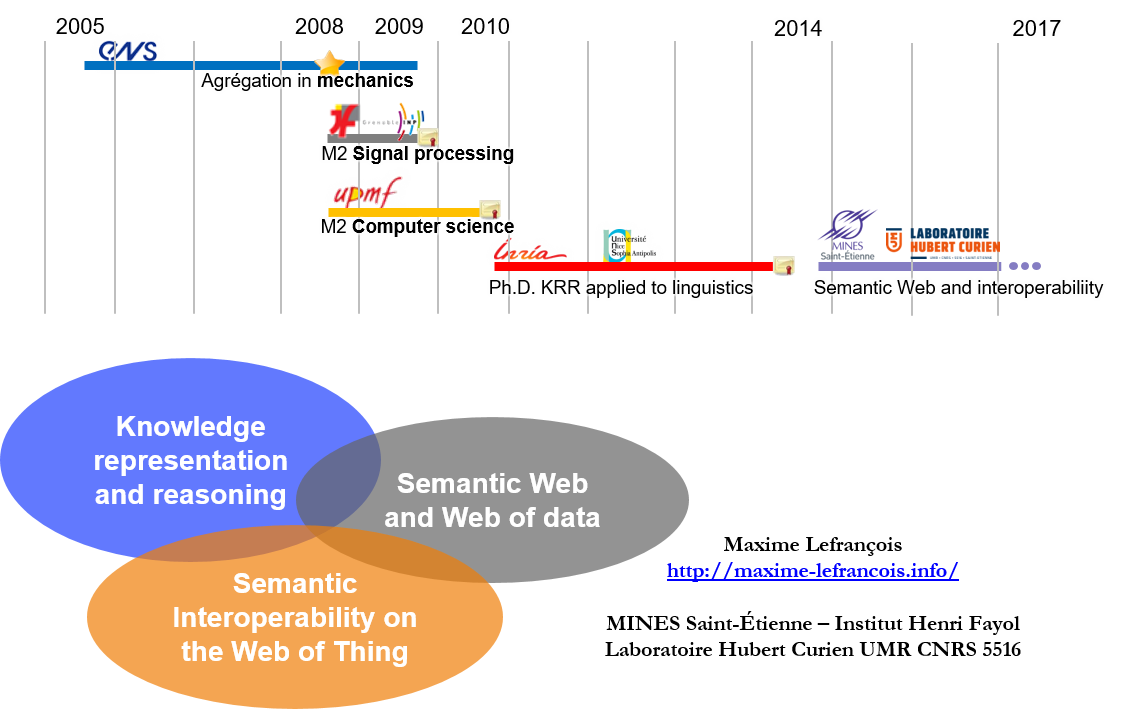
Introduction to the Internet-of-things
Presenter Maxime Lefrançoismaxime.lefrancois@emse.fr
version 1.2, 29-05-2019
Who am I


What is the Internet of Things ?
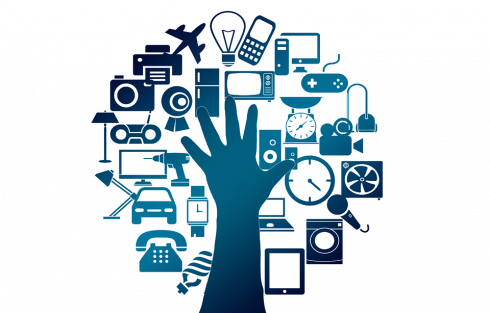
Contents
- Generalities on the Internet of Things
- Web and web principles
- From the Internet of Things to the Web of Things
- Interaction protocols for the Web of Things
- Architectural styles for the Web of Things
- Document formats for the Web of Things
- Some ontologies for the Web of Things
- Using RDF as a lingua franca on the Web of Things
Contents: today
- Generalities on the Internet of Things
- Web and web principles
- From the Internet of Things to the Web of Things
- Interaction protocols for the Web of Things
- Architectural styles for the Web of Things
- Document formats for the Web of Things
- Some ontologies for the Web of Things
- Using RDF as a lingua franca
Weather-forecasting umbrella
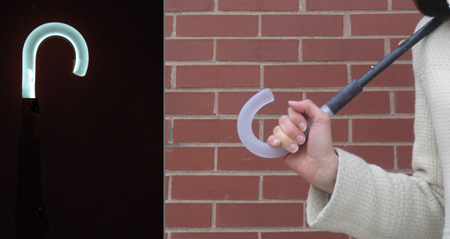
Smart Pillbox from Tinylogics
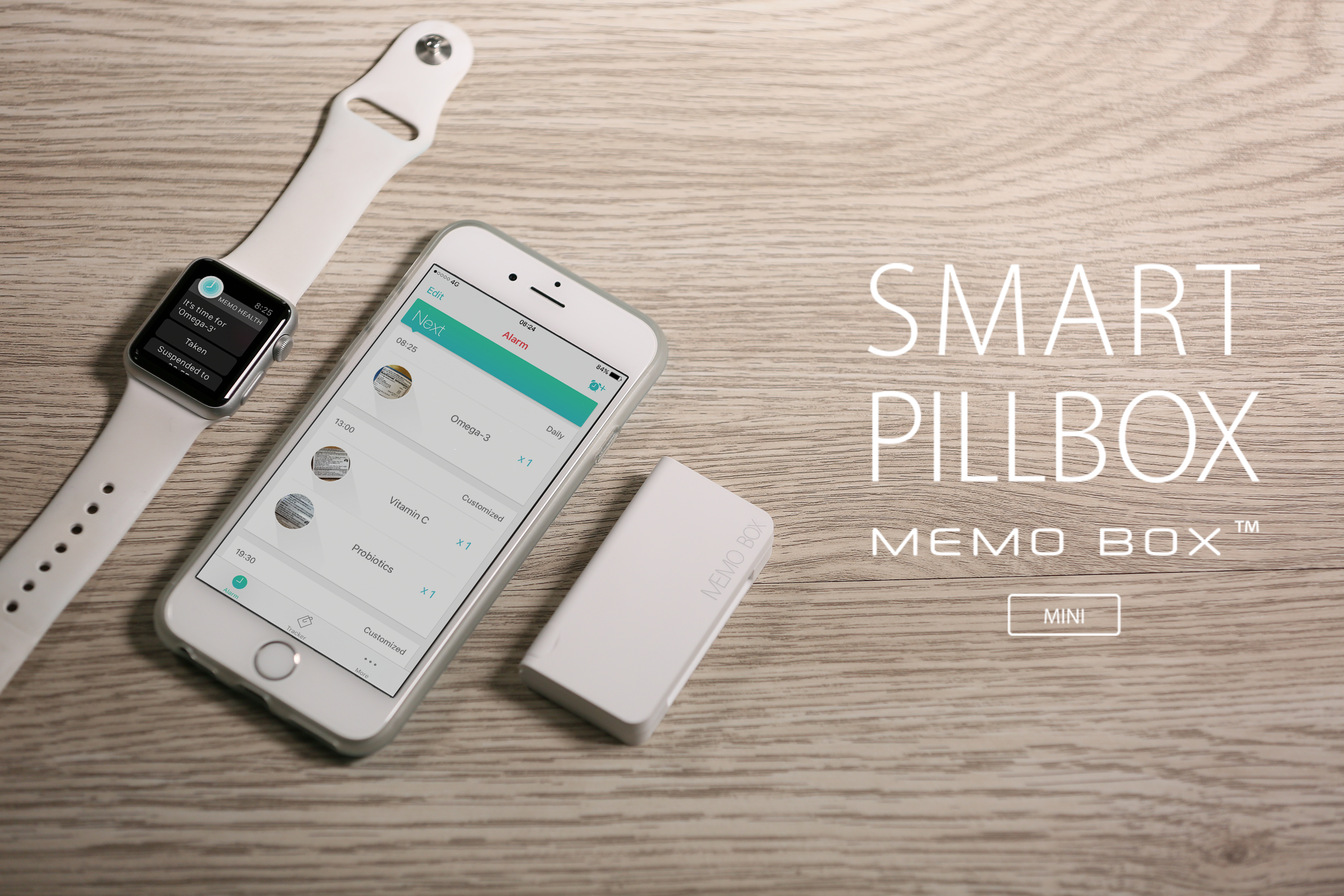
Nike Plus
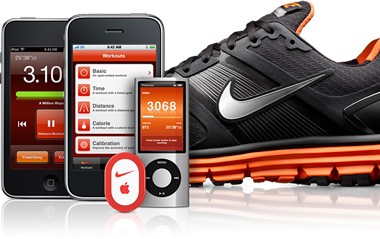
Amazon Echo and Alexa Skills kit

Smart Home domain
Wearables
Questions:
- What wearable devices you know of?
- What functionalities they offer?
- How does it work?
- what is a BAN?
Smart City: Libelium infographic

Smart Grid: Sharing my own experience
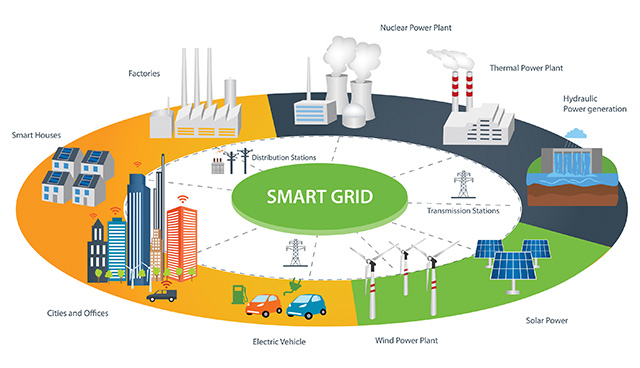
Other verticals
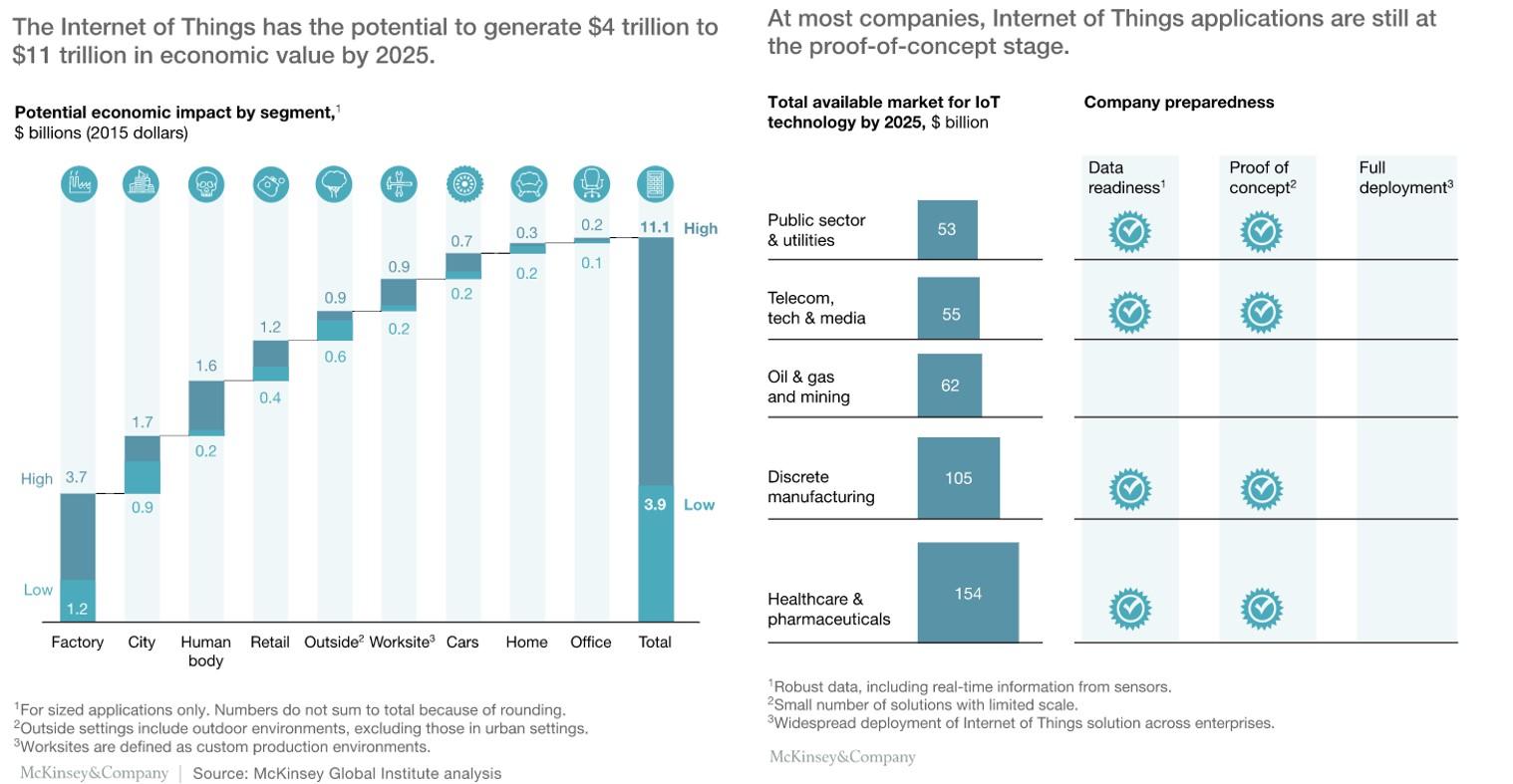
40% to 60% enabled by interoperabilitiy
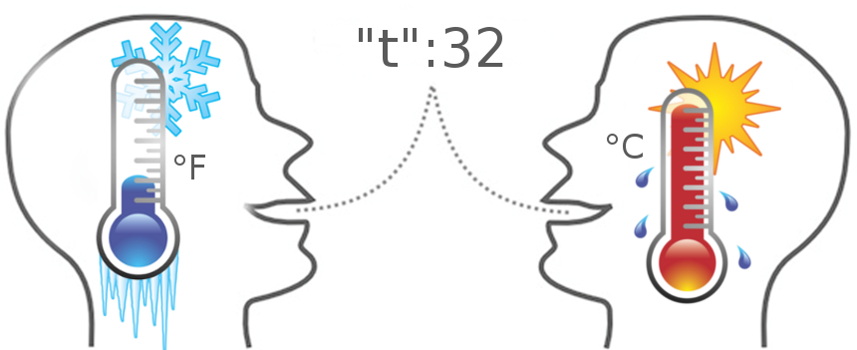
Interoperability in Smart Home
Smart Home is not new
- Domotics: was expensive wired installations, proprierary non-interoperable solutions
Most recent connected things
- designed in verticals, functioning with their own platform, or consortium (KNX, bac.NET, …)
GAFAs build platforms for smart-homes (Apple HomeKit, Google Weave, Amazon Echo)
- non-interoperable…
- guess what their business model is?
- Static service mashups wia the cloud (ex. IFTTT)
- What about the Telcos and the Utilities ?
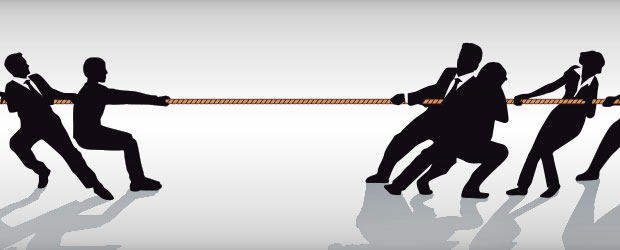
The IoT Equation
Physical Object
+
Sensor/Actuator and MCU
+
Internet
=
Thing on the IoT
Not only a Computer Scientist Matter!
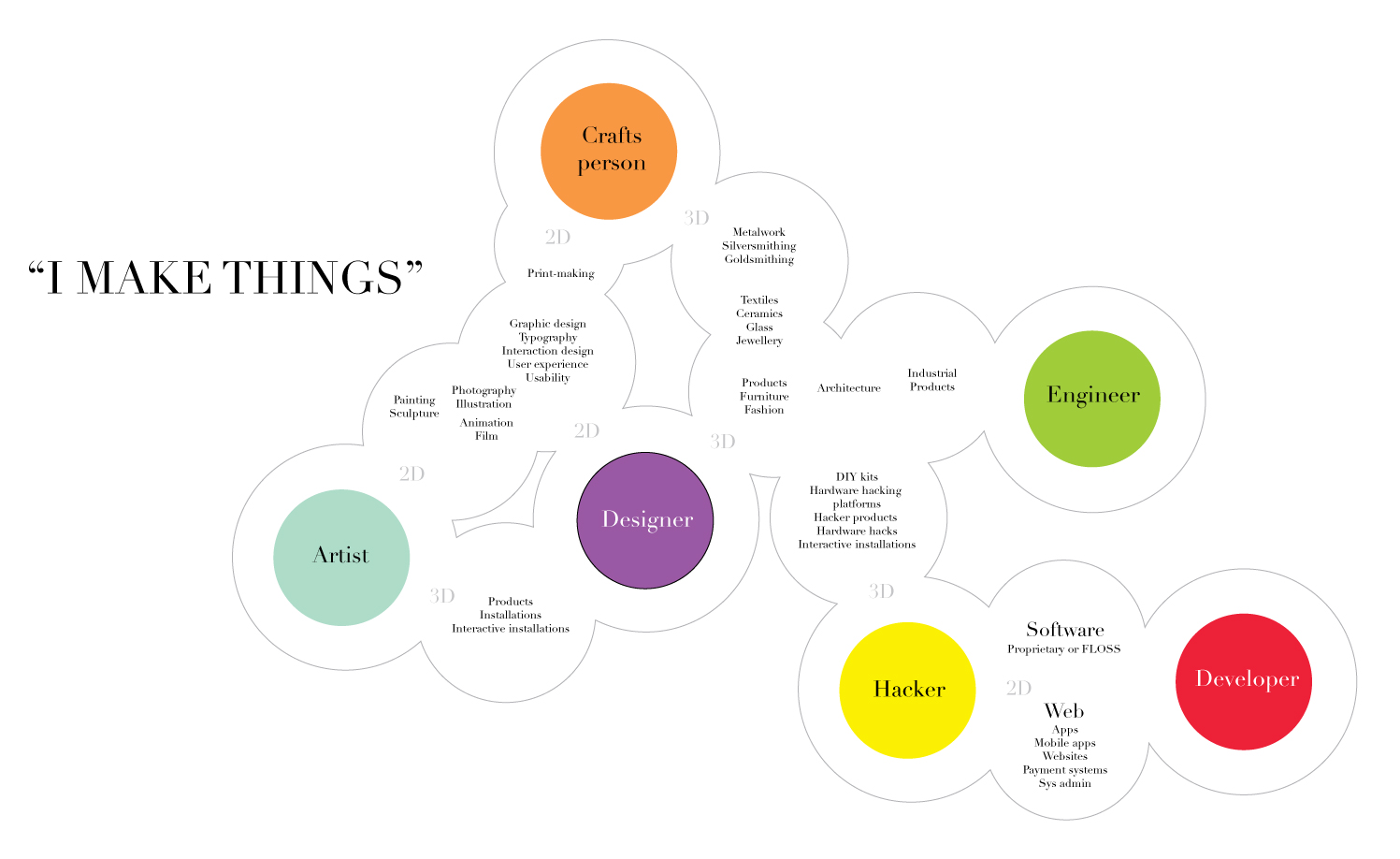
What is the Internet-of-Things?
Choose your definition:
The internet of things (IoT) is the internetworking of physical devices, vehicles, buildings and other items—embedded with electronics, software, sensors, actuators, and network connectivity that enable these objects to collect and exchange data
Definition from ITU (International Telegraph Union) -- http://www.itu.int/en/ITU-T/gsi/iot/
The interconnection via the Internet of computing devices embedded in everyday objects, enabling them to send and receive data.
Wikipedia
Concepts close to IoT
Ambient Intelligence (AmI)
Electronic environments that are sensitive and responsive to the presence of people
Ubiquitous Computing (ubicomp)
A concept in software engineering and computer science where computing is made to appear anytime and everywhere
Machine-to-Machine (M2M)
A concept which refers to direct communication between devices using any communications channel, including wired and wireless
What is the Internet?
The Internet is the global system of interconnected computer networks that use the Internet protocol suite (TCP/IP) to link billions of devices worldwide. It is a network of networks that consists of millions of private, public, academic, business, and government networks of local to global scope, linked by a broad array of electronic, wireless, and optical networking technologies.
Wikipedia
What key inventions?
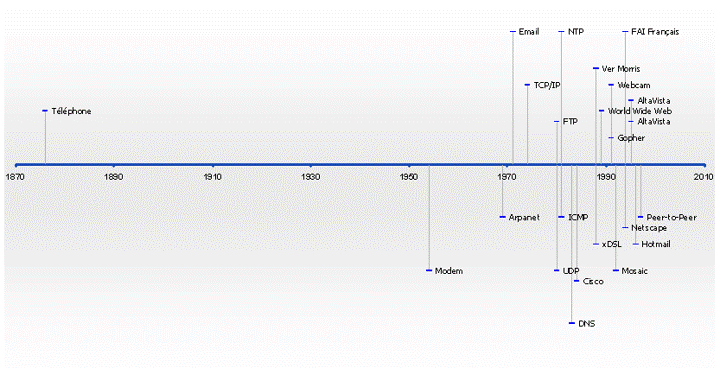
Some Internet Principles
Very early start and a lot of experience
- Pragmatic and evolutionary approach
- If it’s not broken, don’t fix it
Standardization by independent technical experts
- Avoids the designed by committee effect of consortiums
- Implementations are required to prove technical feasibility
- Simplicity whenever possible
References:
- Requirements for Internet Hosts — Communication Layers https://tools.ietf.org/html/rfc1122
- Some Internet Architectural Guidelines and Philosophy https://tools.ietf.org/html/rfc3439
Layered Internet Protocol Suite
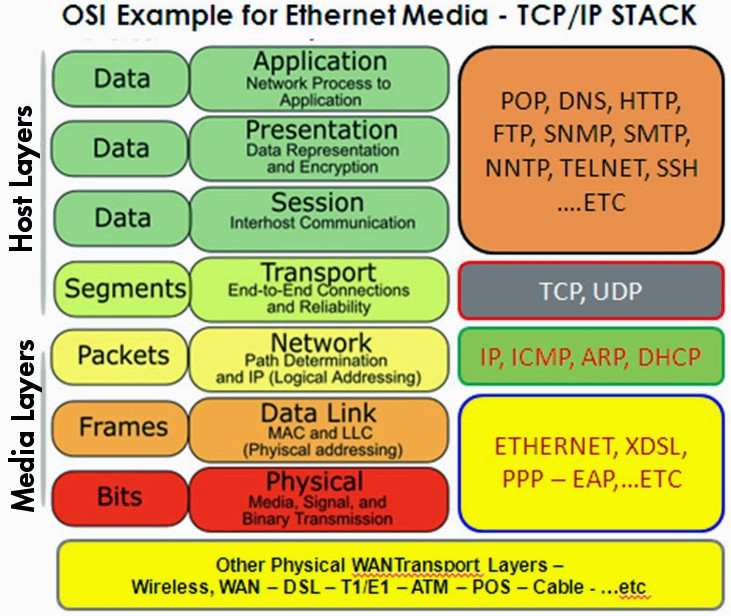
Encapsulation of Application Data
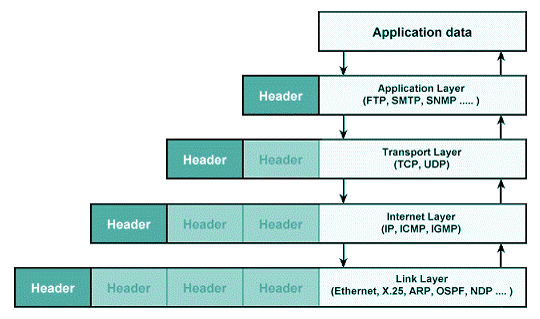
Internet Protocol Suite Layers
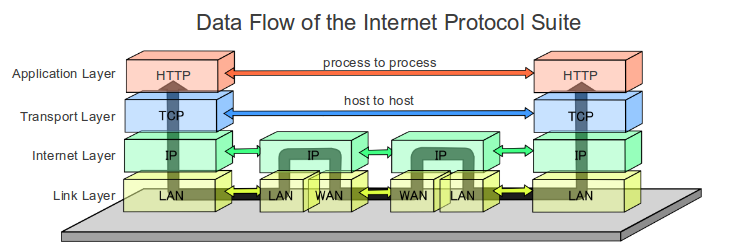
Some protocols of Layer 1, 2
- Ethernet 1500 bytes (+ 22, and + 12 of interpacket gap for Layer 1) data rate?
- Fibre Channel 2048 bytes (+ 100), data rate?
- WiFi … 802.11, many protocols in that family
- Bluetooth 1.0 (Ericsson, Nokia, Intel) 31 bytes, 200 kbps raw data rate, few meters source
- Bluetooth 4.0 version BLE: 31 bytes, 200 kbps raw data rate, range few meters source
- Sigfox: range few km, 140 msg per day of maximum 12 octets, at 100 bps.
- LoRaWAN: range few km, bigger message payload (approx. 50 bytes), few messages per day small data rate
- Zwave, ZigBee, LTE, and more
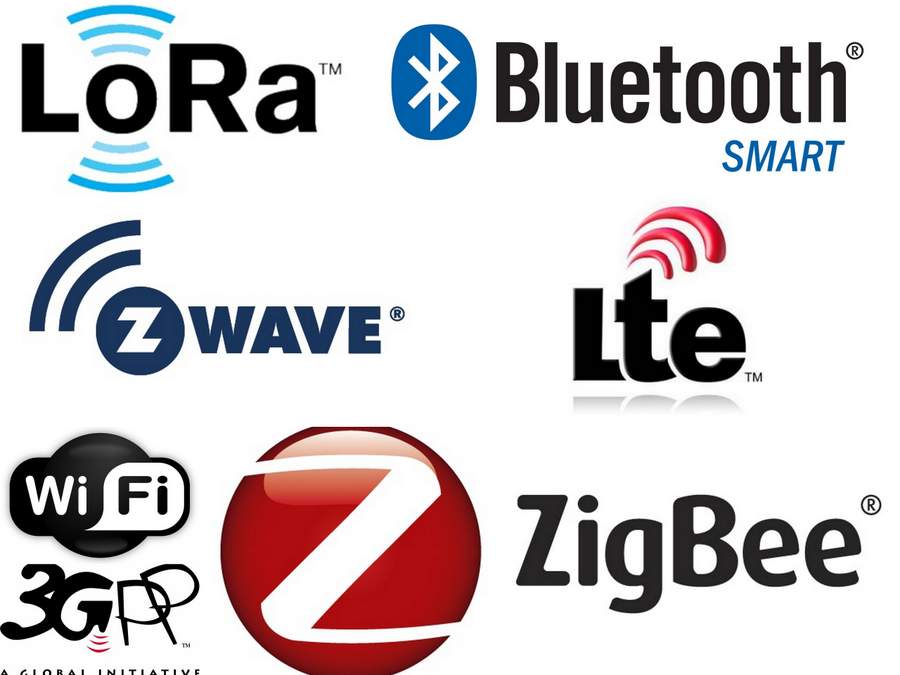
Layer 3: Network
- Allows addressing at the network level
For the internet, this means IP addresses
- IPv4 is the version that has powered the internet so far (32 bits)
- IPv6 is phased in to be able to handle IoT-scale growth (128 bits)
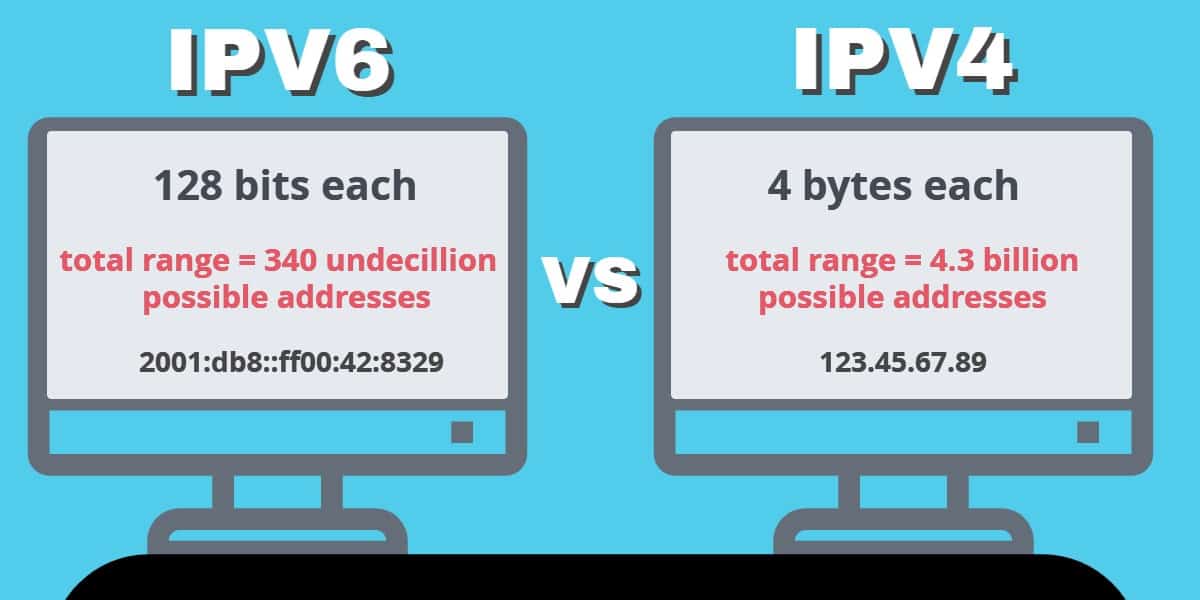
Domain Name System (DNS)
- DNS configuration is part of basic Internet configuration
DNS is used by virtually all Internet applications
- Names are more stable than addresses: reorganizing a network may change all IP addresses
- Names are supposed to be more stable than addresses
Layer 4: Transport
- Layer 3: packets are sent from one machine to another machine
- Layer 4: from one process to another process
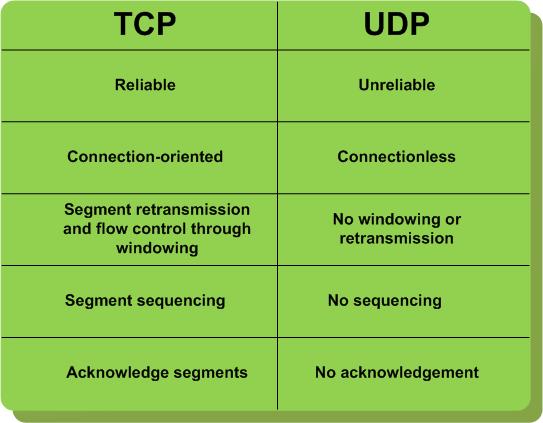
Layer 5: Session
Sessions are meaningful for applications
- TCP connections may or may not terminate (see HTTP/1.1 persistent connections)
- Applications should be able to start, pause, restart, and end sessions
Sessions creating tight coupling between two processes
- terrible for scalability
The internet does not really have a generic model for sessions
- HTTP Cookies are one way to achieve the same goal (but with a lot of side-effects)
- REST tries really hard to build a session-free web (stateless interactions)
Layer 6: Presentation
The internet has media types and some generic data representation languages
- text/html, application/javascript, audio/mp3, video/3gpp…
- Extensible Markup Language (XML, application/xml) was the first successful internet representation
- JavaScript Object Notation (JSON, application/json) replaces XML progressively because it’s more concise
- Their binary versions application/exi, application/cbor
- see https://www.iana.org/assignments/media-types/media-types.xhtml
The internet has media types and some generic data representation languages
- text/html, application/javascript, audio/mp3, video/3gpp…
- Extensible Markup Language (XML, application/xml) was the first successful internet representation
- JavaScript Object Notation (JSON, application/json) replaces XML progressively because it’s more concise
- Their binary versions application/exi, application/cbor
- see https://www.iana.org/assignments/media-types/media-types.xhtml
- What about Resource Description Framework (RDF)?
Other considerations
- Privacy
- Security
- Ethics
- Ecology
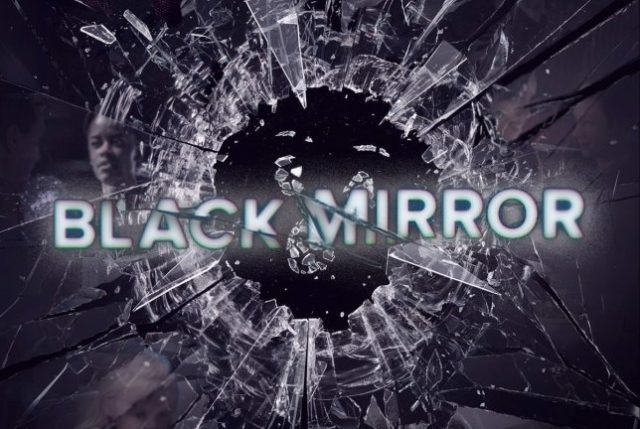
/